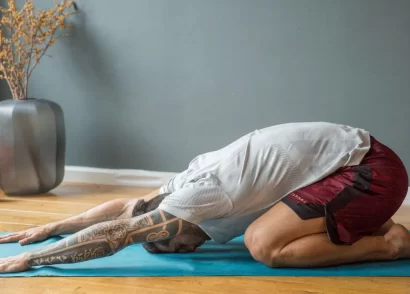Setting a fitness goal is an excellent way to motivate yourself to exercise. Whether you’re trying to lose weight, get fitter, or just be healthier, there are many ways to motivate yourself. Consider committing to a few workouts each week or even scheduling a weekly jog with a friend. By making these small changes, you’ll soon be well on your way to achieving your fitness goal. But how do you make it a reality?
First, determine a realistic fitness goal. Choose something that relates to your lifestyle. You’ll want to set a time deadline, so you know you can reach your target. This timeframe can be anything from four weeks to six months. You can also add the letter “E” for emotion, to make the goal more attainable. Listed below are some common goals devised by personal trainers. All of them aim to help you reach your goals.
Once you’ve set your goal, you can celebrate your accomplishments and reflect on your progress. You may also wish to create a secondary fitness goal based on this one. For instance, you might set a goal to lose 20kg, and if you reach that, you can then aim for losing another 20 kg. Either way, the goal is an important step toward maintaining a healthy lifestyle. And it isn’t too late to begin a fitness regime that works for you.
For those looking to improve their health and lose weight, it is important to make time for exercise. If you have the time, aim to do 30 minutes of exercise five days a week. If you don’t have 30 minutes at a stretch, break it up into 10 minute intervals. Try taking the stairs instead of using the elevator, and take the stairs whenever possible. And remember to enjoy your workout. You will be glad you did. So get moving!
A few short-term goals are best achieved through strength training. These include increasing metabolism, increasing muscle tone, and improving endurance. You might aim for fifteen reps on different muscle groups in a week, or 30 minutes twice a week. You can use weights or exercise bands to create resistance. Similarly, a short-term goal for flexibility may be to spend 30 minutes stretching every three days, or five minutes every day. That will help you improve your flexibility and balance, which will help you move around easier.
A SMART fitness goal will be achievable if you follow its principles. Make sure to use SMART criteria when developing a fitness goal so you can track your progress more effectively. SMART goals are simple, measurable, achievable, and time-bound. Using these goals will keep you focused and motivated. It will also make it easier for you to track your clients’ progress. You’ll be more likely to meet your goals if you choose a SMART fitness goal.
Setting fitness goals for clients is a great way to keep their motivation and commitment levels up. After all, no one likes to fail. And failing to reach your goals is not a good way to encourage clients to train harder. Instead, it’s essential for trainers to push clients to the limit. And to ensure that their clients get the most out of their sessions, set SMART goals. And most importantly, make sure the goals are achievable!











